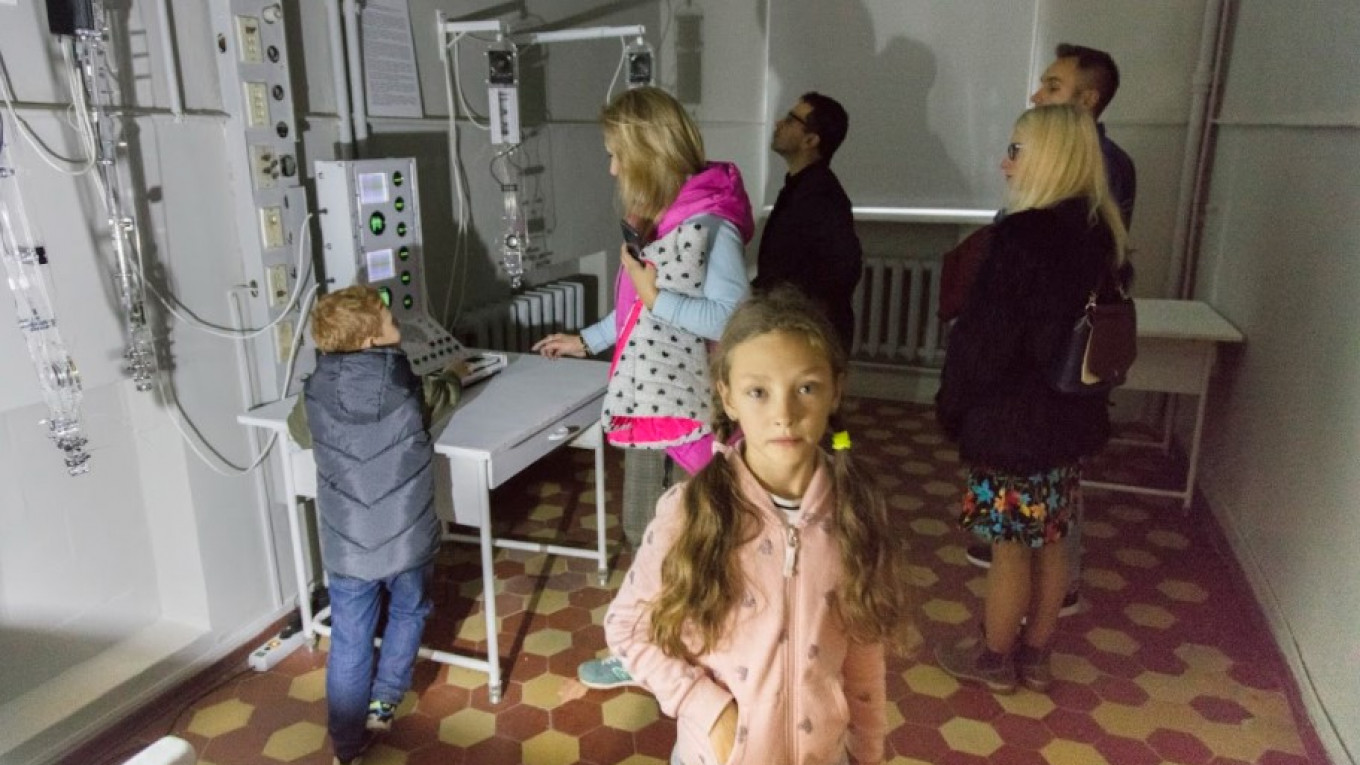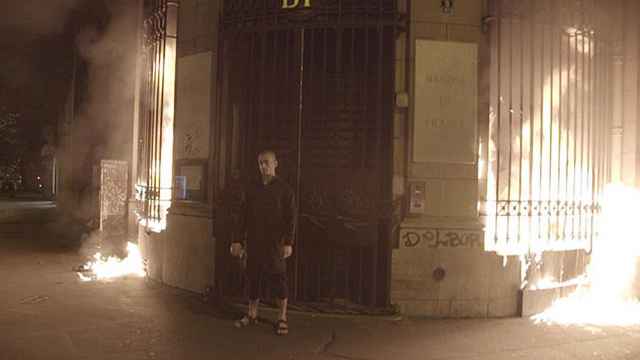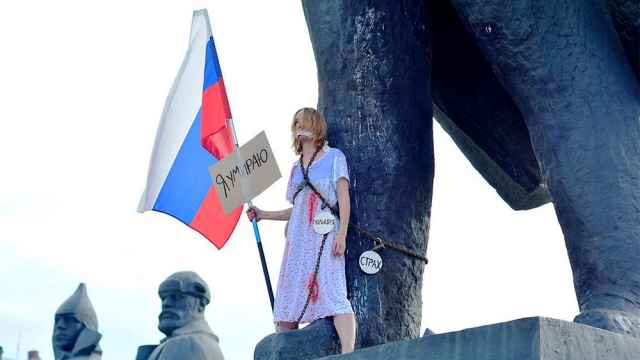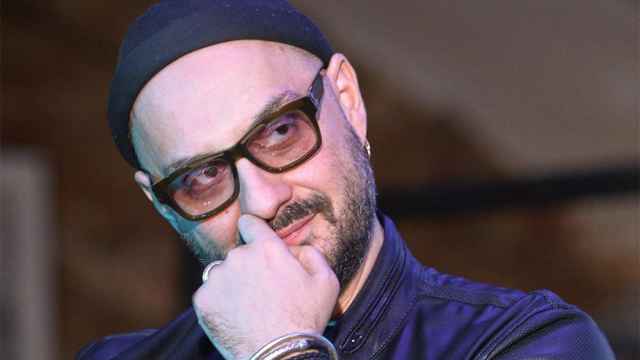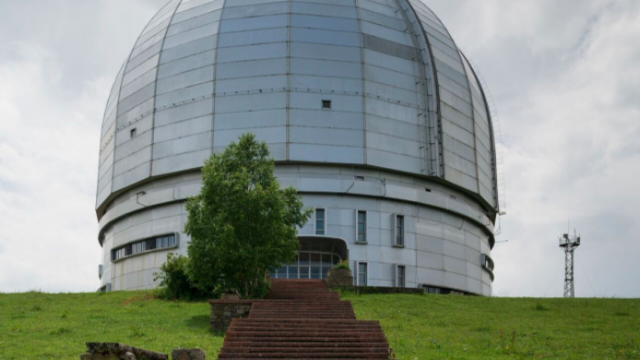The Ivan Pavlov Museum had been leading a fairly standard life of a typical memorial museum since it opened in the village of Koltushi outside St. Petersburg in 1949. But this June the venue reopened with a bang, a new curator and an array of new technology, from sound art to video-installations, all aimed to breathe life into the display dedicated to one of Russia’s finest scientists.
The museum is still officially part of a small science city that belongs to the Russian Academy of Sciences. It was founded by the award-winning physiologist himself, when in 1929 the Soviet government awarded him a prize of 100,000 rubles on his 80th birthday. The physiologist immediately used the prize money to build a science city.
The first branch of the science town opened in 1933, three years before Pavlov’s death. Ivan Pavlov lived and worked in the old laboratory building that now hosts his memorial museum.
It was here that Pavlov conducted his famous experiments with dogs. Today the research in the science city no longer involves dogs, but work is done to help animals. For example, the scientists have invented kotokhod — a device that helps cats with damaged spines start walking again.
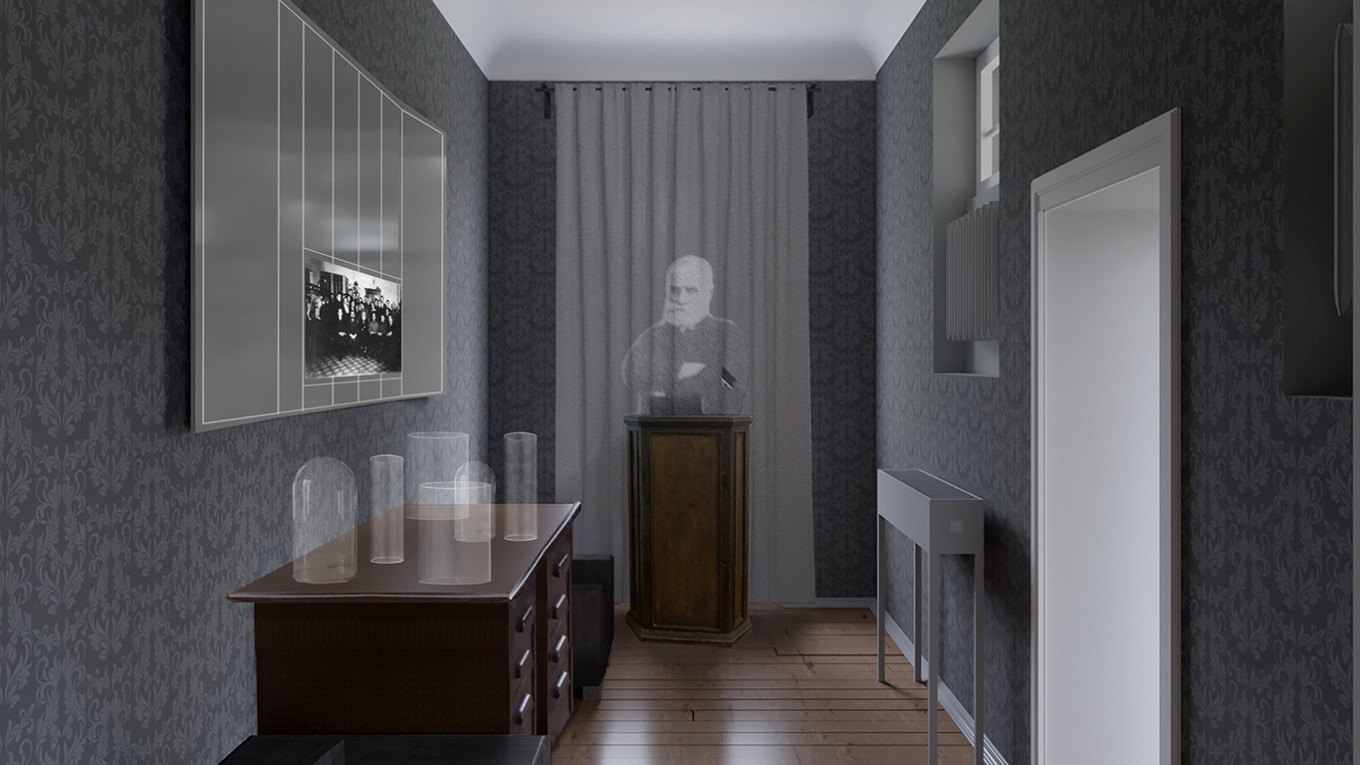
The new anthropology
The new curator of the museum is Irina Aktuganova, a leading expert in science art projects. Aktuganova held a competition for artists to create contemporary art objects inspired by Pavlov’s personality, his life and work, as well as the local laboratories and their history. The funding for the projects came from the Russian Academy of Sciences, two presidential grants for culture projects and Agency 21 that specializes in museum design.
Artists from St. Petersburg, Moscow, Nizhny Novgorod and Yekaterinburg created 15 pieces together with scientists, who either directly collaborated or provided consultations. Their creations include art objects, immersive installations and sound art.
Now the Ivan Pavlov Memorial Museum version 2.0 features two large sections called the New Anthropology. For example, one of the most moving installations is the Waiting Room, located in the very room where the dogs waited to be taken to laboratories. Each waiting room has a collar and an aluminum water bowl. “The room is constantly filled with sounds: recordings of the scientists talking, dogs barking, water being poured, various laboratory noises,” artist Lyudmila Belova said. The installation also features a video about dog experiments starring the local dog Tina who is now still living in the science town.
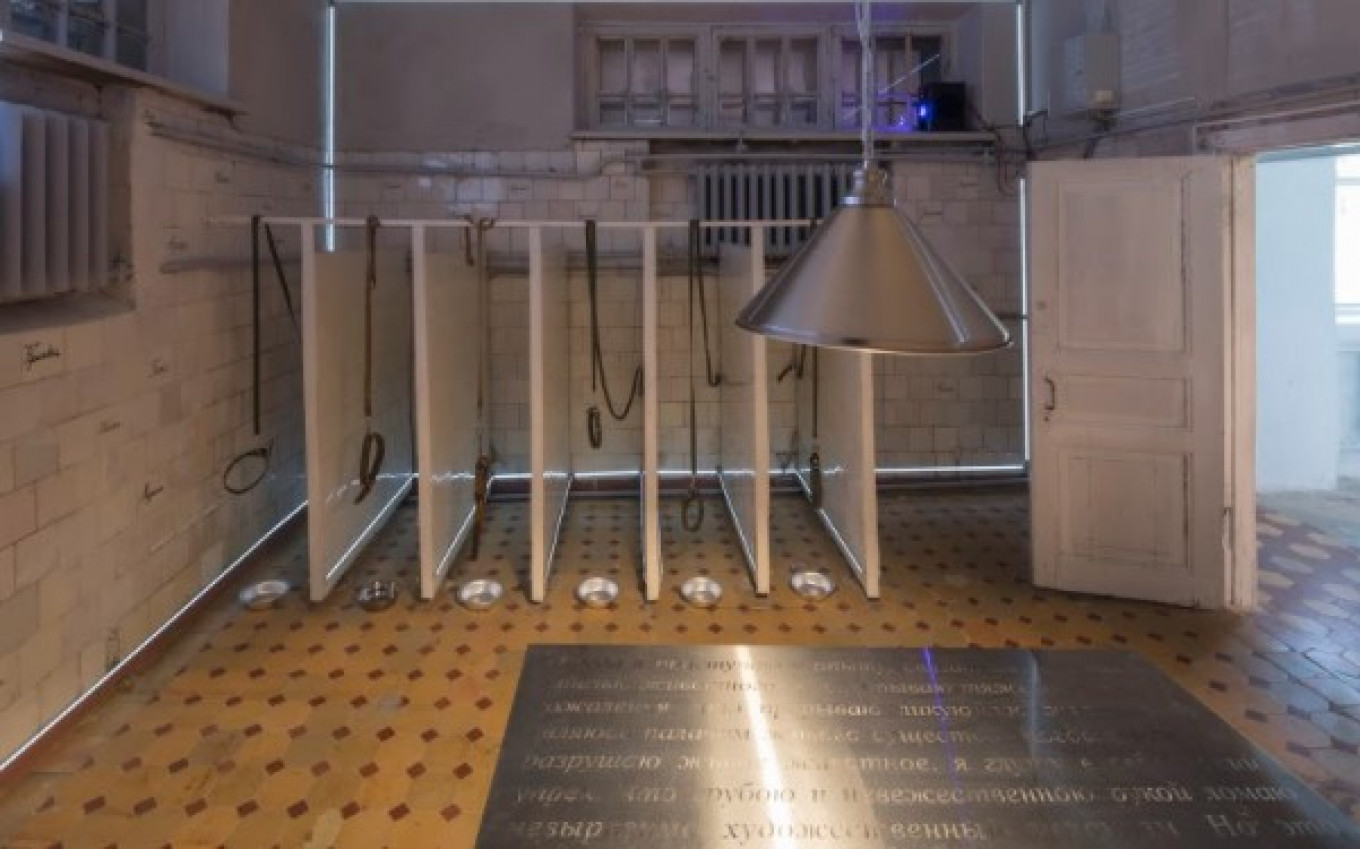
When looking for the artists to join the project, Aktuganova was surprised to discover that Ivan Pavlov and his research are a huge inspiration for an incredible number of people of the most unrelated occupations.
Poet and artist Pavel Arseniev, the publisher of Translit magazine, is working on a dissertation that links physiology and futuristic poetry. Psychologist Darya Rozina has a keen interest in technology and would like to try and create an interactive museum interface which would enable the visitors to “communicate” with scientists of the past.
Sculptor Pavel Ignatiev has written a libretto for an opera reviving the events of the infamous 1950 Pavlovian Sessions of the Academy of Sciences of the U.S.S.R. and the U.S.S.R. Academy ofr Medical Sciences. During the session a group of Pavlov’s followers attacked another group, accusing them of taking the wrong approach.
The operatic installation, based on Ignatiev’s libretto and composed by Dmitry Shubin, is now part of the second section of the museum, which is dedicated to Ivan Pavlov and his work. The opera, which incorporates the uncensored excerpts of real debate of the Pavlovian Sessions, is sung by the choir of the St. Petersburg Museum of Sound.
“The discussion, however scientific in its origin, had a lot of generational conflict, career ambitions, personal dislikes and all kinds of antipathies," Ignatiev told The Moscow Times. "At times this debate of high-brow intellectuals sounds more like a witch hunt. The transcript of the debate reveals a genuine drama: scientific terminology is mixed with words of resentment, bitterness or remorse. We see a clash of mentalities as well as a clash of language, darting back and forth from medical to philistine.”
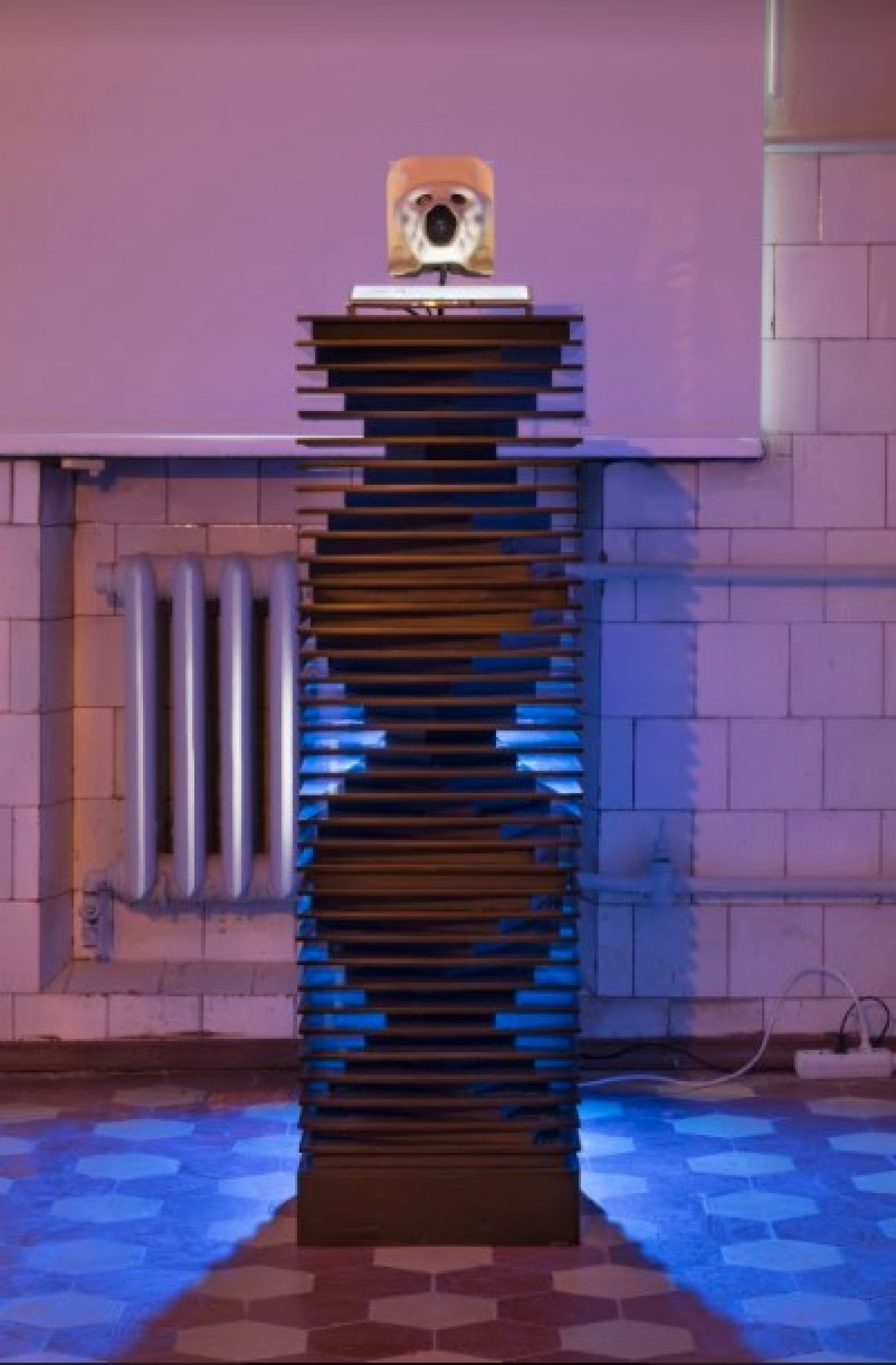
Bringing Pavlov to life
The concept of the new museum is to make the past alive. In the dining room where Ivan Pavlov once had his meals, the visitors are immersed in the sounds of a private dinner reception; in his office, the scientist appears as a projection on the wall — turned into an object d’art. Marina Alexeyeva created the virtual Ivan Pavlov. “We used documentary videos, blending them together with animation technology to liven up the otherwise serious tone of the memorial display,” she said. “Not many of his recorded speeches are left, but I am especially interested in those that feature his thoughts and reflections on Russian mentality that he made at a lecture in St. Petersburg in 1918. Pavlov’s words, however brutal, really give you something to think about.”
The museum has a large archive of documentaries. In the 1970s, a film crew was created to chronicle the life and work of the science town. The group, which still exists today, has produced hours of material. “Sometimes the material is presented traditionally, “Aktuganova said, “but sometimes it’s used projection mapping, quasi-holography, and immersive installations.”
Aktuganova points out the importance of showing life in Koltushi. “In the living room we set up an immersive multimedia display with a selection of four different very short mini-performances, each showing a certain period in the history of Koltushi.” They were designed by artist Marina Alexeyeva. Visitors can switch between performances and eras by turning the dial on a vintage radio.
"We start from the year 1936, when Pavlov died, and the last episode deals with Gorbachev’s perestroika reforms,” Aktuganova said. “The goal is to show the life that the researchers led — their lifestyle, routines, and hobbies; post-war recovery; the books the scientists were reading and how they celebrated big events, what made them tick, what made them happy or concerned. The idea is to make you feel the beating heart of this place.”
For information about the museum in Russian, see the site. For information in Russian and English about the New Anthropology project, see the project site here.
A Message from The Moscow Times:
Dear readers,
We are facing unprecedented challenges. Russia's Prosecutor General's Office has designated The Moscow Times as an "undesirable" organization, criminalizing our work and putting our staff at risk of prosecution. This follows our earlier unjust labeling as a "foreign agent."
These actions are direct attempts to silence independent journalism in Russia. The authorities claim our work "discredits the decisions of the Russian leadership." We see things differently: we strive to provide accurate, unbiased reporting on Russia.
We, the journalists of The Moscow Times, refuse to be silenced. But to continue our work, we need your help.
Your support, no matter how small, makes a world of difference. If you can, please support us monthly starting from just $2. It's quick to set up, and every contribution makes a significant impact.
By supporting The Moscow Times, you're defending open, independent journalism in the face of repression. Thank you for standing with us.
Remind me later.


